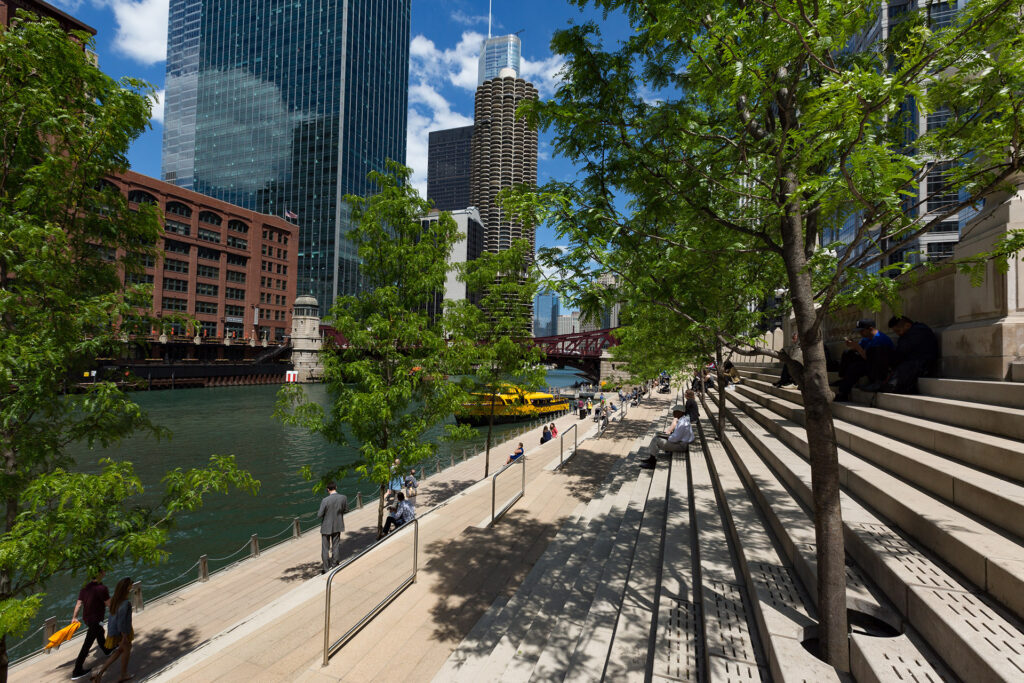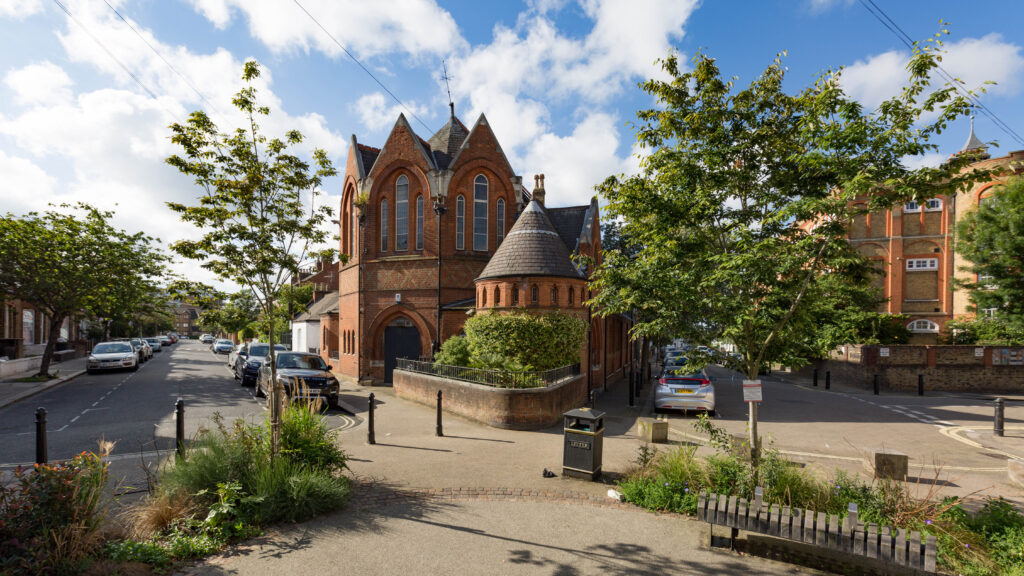Stormwater is, in essence, just what is sounds like: water from a storm. Any precipitation that falls from the sky, including rain, hail, and snow, is considered stormwater.
In the UK we refer to SUDS – Sustainable Urban Drainage Systems (CIRIA – 2000). Updated to Sustainable Drainage Systems (SuDS). Methods to manage surface water that considers water quality (flooding) quality (pollution), biodiversity (plants and wildlife) and amenity (look and feel). These practices are known as the 4 pillars of SuDS.
Global Terms
LID – Low Impact Development – EPA – United States Environmental Protection Agency (1999).
WSUD – Water Sensitive Urban Design (Whelans et al., 1994; Wong, 2007) – Australia
BMPs – Best Management Practices – North America (Schueler, 1987)
Discover more on these terms by clicking on a previous GBU blog here.
History of Urban Drainage
Sustainable surface water management is not just a modern innovation, there is evidence from antiquity that it was in use fairly extensively. Cultural and citizen knowledge were closely related to the design and planning of these early drainage systems, supplying the basis of what would become modern water management engineering.
Water management was highly influenced by religious beliefs as well as geopolitical, socio-economic and climatic challenges faced by different ancient civilisations. Water-sensitive approaches were used in many cities providing water for consumption, cleaning and washing, and to enhance agricultural production in order to improve food security. Catchments were designed with long-term drainage schemes, which managed water from relatively small areas up to transnational empires that functioned efficiently for extended periods of time. Sustainable water management helped to maintain the balance of power and directly influenced the development and prosperity of entire civilisations either in time of peace or war
The early Babylonians and Mesopotamians had surface water drainage systems, relying mainly on hard infrastructure, for example, the Minoans (3200–1100 BC) used terracotta pipes to convey stormwater out of their settlements. However, similar techniques to Sustainable Drainage Systems or SuDS were well-known and efficiently carried out as long ago as the Early Bronze Age such as rainwater harvesting, water storage in cisterns and ponds and slow conveyance.
Constructed wetlands, infiltration and non-structural approaches were also used in antiquity. In fact, previous research has compared Inca drainage techniques at Machu Picchu with that of Low Impact Development since infiltrating pavements, meandering swales and water harvesting were all used. Non-structural approaches include a “superintendent of fountains” in Athens to ensure the equitable distribution of water in the city as well as individual citizens having the responsibility of maintaining the city’s stormwater cisterns.

Agricultural practices were at the very heart of water resource management in antiquity and required the control of water to enable efficient crop production through the design of irrigation systems under challenging environments. Climatic conditions played a decisive role in either limiting water resource availability or in exceeding requirements. Water management was important in supporting both political and social development under changing climates; this could be compared with current climate change predictions, providing clues of how modern society could face this challenge.
The principles of Water Sensitive Cities can thus be applied to the water management schemes designed by a number of ancient civilisations through the application of SuDS.

Guidance
GreenBlue Urban are aware that there is a lack of understanding or resources available for Stormwater management which is why we are working hard to collaborate with industry partners to bring a wealth of technical expertise. We recommend:-
CIRIA MANUAL
The CIRIA SuDS manual is the complete go-to guide for the industry. Providing comprehensive best practice advice on the planning, design, construction and of SuDS solutions. Its Free and can be downloaded via the CIRIA website.
BE£T – Benefits Estimation Tool 2015-2019
An online tool designed bu CIRIA which values the benefits of blue-green infrastructure. An online tool that calculates the benefits be it monetary, social or environmental to aide the case for the inclusion of SuDS and natural flood measures into a scheme.
Susdrain case studies
Case studies (susdrain.org)
Greater London Authority – SuDS Sector Guidance
Sustainable Drainage (SuDS) Sector Guidance
Water Resilient Cities
GreenBlue Urban in collaboration with Natural Infrastructure Team and Plymouth City Council is proud to be a major partner in this project. Having visited municipals detailing the benefits of SUDS Tree Pit Design we will continue to create innovative new solutions for such retrofit scenarios, specifically in older town and city centres with the complex and often restrictive existing infrastructure that will deliver societal benefits as well as saving public money through cost-effective design and implementation.
To discover more on the program, click here and to access the SUDS manual click here
GreenBlue’s Trees Water & Sensitive Urban Design has been greatly received that we are now working on Version II to be launched imminently!

